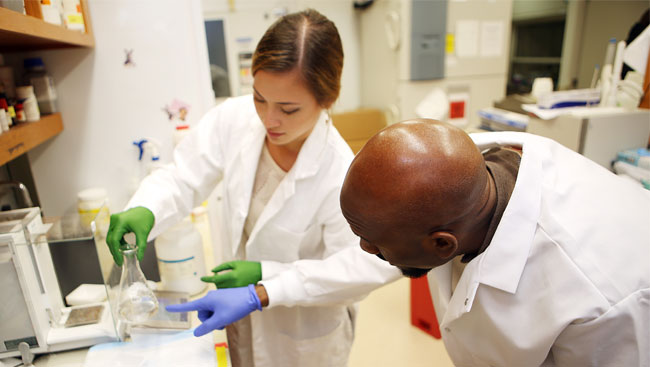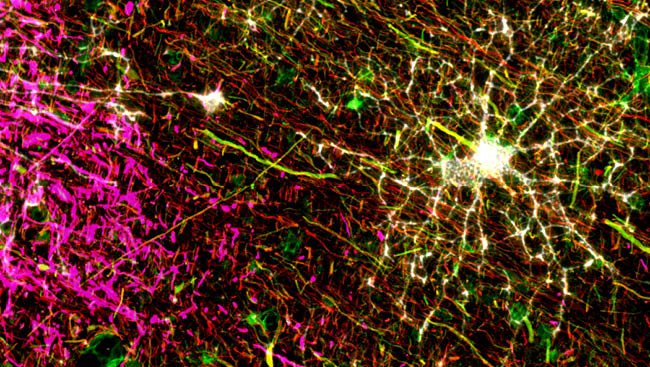Common sources of bias in animal behavior and electrophysiology experiments can be minimized or outright avoided by following best practices of unbiased experimental design and data. In this webinar — the fifth in SfN’s Promoting Awareness and Knowledge to Enhance Scientific Rigor in Neuroscience series — presenters will discuss experimental design and hypothesis testing for mouse behavioral assays, as well as sampling, interpretational bias, and referencing in in vitro and in vivo electrophysiology recording studies.
Attendees will gain knowledge about:
- Rigorous experimental design of mouse behavioral assays, including genotype comparison groups, numbers of mice per group, control assays to avoid artifacts, multiple corroborative assays to evaluate generalizability of findings, and replications in two cohorts to ensure robustness of findings;
- Common pitfalls and biases that arise in common in vivo electrophysiological signals due to noise, electric field spread and statistics;
- Pitfalls causing systematic errors or interpretation bias in in vitro electrophysiological recordings, and possible solutions to these problems.
This training module is supported by Grant Number 1R25DA041326-01 from the National Institute on Drug Abuse (NIDA). The original contents of this module are solely the responsibility of SfN and do not necessarily reflect the official views of NIDA.
Speakers
Christophe Bernard, PhD
Christophe Bernard, PhD, is the PhysioNet team leader in at the Institute of Neuroscience Systems at the French Institute of Health and Medical Research (INSERM). His research focuses on understanding how physiological and pathological behaviors emerge from the organization and reorganization of the underlying neuronal architecture, with an emphasis on epilepsy. He currently serves as editor-in-chief of eNeuro.
Jacqueline Crawley, PhD
Jacqueline Crawley is the Robert E. Chason Endowed Chair in Translational Research at the MIND Institute and professor in the department of psychiatry and behavioral sciences at the University of California Davis School of Medicine. Her behavioral neuroscience laboratory employs mouse models of neuropsychiatric and neurodevelopmental disorders to investigate causes, and as preclinical tools to discover medical treatments. Previously, Crawley was chief of the laboratory of behavioral neuroscience in the National Institute of Mental Health Intramural Research Program. She is a AAAS Fellow. Crawley authored a book, What's Wrong With My Mouse? Behavioral Phenotyping of Transgenic and Knockout Mice, which is used throughout the biomedical research community.
Martin Vinck, PhD
Martin Vinck is research group leader at the Ernst Strüngmann Institute for Neuroscience in Cooperation with the Max Planck Society, and a faculty member of IMRPS for Neural Circuits, a graduate program from the Max Planck Society. Vinck’s research investigates the computational and neurophysiological mechanisms underlying efficient information encoding and transmission in the brain, with a primary focus in the visual cortex of higher mammals.
Rüdiger Köhling, PhD
Rüdiger Köhling is a professor and director of the Oscar Langerdorff Institute of Physiology at the University of Rostock. Köhling’s research team studies the mechanisms of common neurological disorders, such as epilepsy and dystonia, with an emphasis on electrophysiological and optical techniques and behavioral analyses in rodent models.












